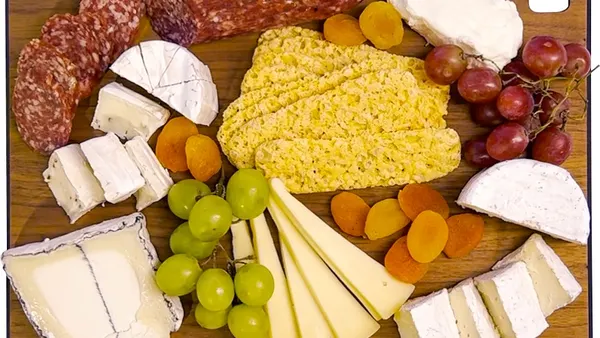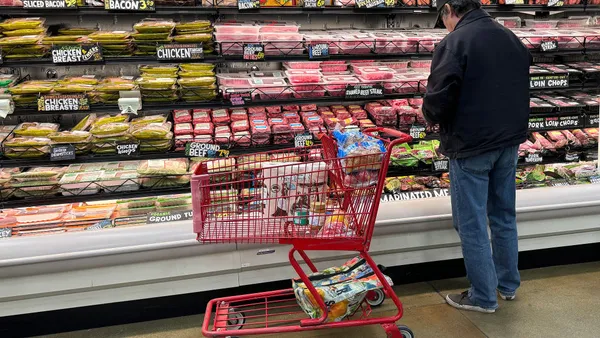Victoria Vessella is a marketing associate at Repsly, a retail execution software that works with CPG companies to make data-driven insights and improve performance.
Collaboration in the grocery sector has never been more important. With a slew of new suppliers popping up seemingly everyday and a dynamic industry landscape that faces constant disruption, retailers are seeking out brands that will partner with them to help reach mutually beneficial revenue goals.
Effective retail execution is the cornerstone of maximizing in-store sales, with an estimated 47% of CPG brands ranking sales productivity as their top priority for executing at retail. Here are three ways that brand suppliers and retailers can collaborate to win at retail execution, and ultimately, drive sales.
1. Share Data
Both retailers and suppliers know the vital role that data plays in retail execution. What they don’t always know is how sharing data points and key insights with each other can help correct problems on the shelf.
Consider first the three types of data that both parties find useful — sales data, observational data, and activity data — which can be defined respectively as dollars generated over a given time period, observations made about a brand’s presence in the store, and quantitative activities performed by brand reps in the store.
Several retail execution improvement opportunities stem from using these data types, either alone or in combination with one another. A few examples include:
-
When retailers are transparent with sales data, brands can provide a sales lift that resulted from a successful promotion. Looking one step further, brands can share observational data that shows compliance with pre-set agreements or that shows which store placements have the biggest impact on sales.
-
Suppliers can share observational data on shelf presence to flag out-of-stocks for their retailers. Similarly, closer monitoring of sales data by either party can help catch out-of-stocks quicker.
-
Suppliers can show activity data such as time spent in store and frequency of store visits to show the retailer their dedication to flawless retail execution.
These scenarios are just the tip of the iceberg for how suppliers and retailers can harness data to achieve success on the shelf.
2. Sync up on promotions
A recent survey of CPG brands asked what is the most important action retailers can take to increase return on investment for their suppliers. Forty percent responded “collaborate more openly in promotion planning.” This call for collaboration couldn’t be more more timely, seeing as an estimated 60% of promotions are out of compliance, with both the retailer and supplier to blame.
Some of the ways that retailers and suppliers can come together to properly execute promotions include:
-
Collaborate on design displays that work best for the available space and take into account the retailer’s specific needs. Brands can also educate staff as to the sales impact of a properly set up display.
-
The same survey also found that 71% of suppliers want to receive data from retailers around in-store traffic patterns and market basket loads to help them improve upon their planning.
-
Both parties can compare their records of historical promotion performance, shopper intelligence, and POS data to make sure they are aligned, allowing for better goal setting.
Better execution in the store is known to provide a sales boost in the short term. But in the long term it can also prove useful for making more accurate projections.
3.) Improve forecasts
Both retailers and suppliers can benefit from improved forecasting. Where there’s an opportunity to eliminate out-of-stocks, there’s an opportunity to increase purchases.
Below are some of the ways collaboration enhances forecasting efforts:
-
Suppliers can help retailers with seasonal planning by sharing historical sales data well in advance.
-
Retailers can convey any sales performance abnormalities they’ve experienced in the past so that brands stock accordingly.
-
Suppliers can compare their performance at competing retailers to identify discrepancies
Winning at retail execution is never a one-person job, but rather requires several players in the supply chain to work together. The magic happens when grocers and supplier brands join forces to openly share data with each other, perform due diligence for promotions and work together on cleaning up their forecasts.









